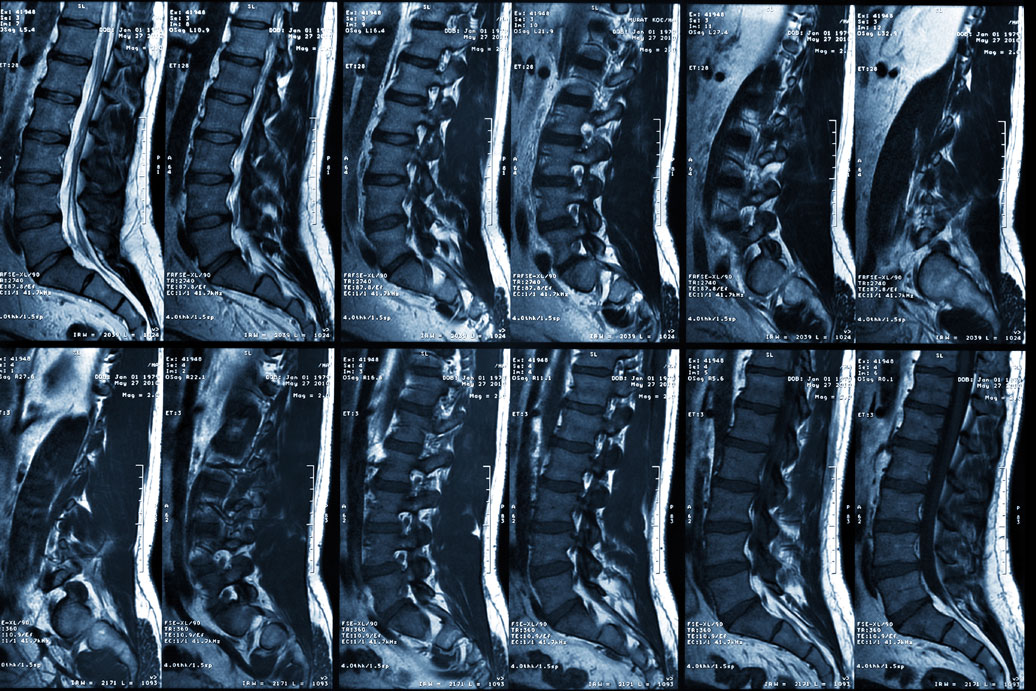
Should I get a scan? Is my back hurting because I have a disc bulge? Physios are regularly asked questions such as these by people experiencing low back pain.
There is actually no evidence that discs or other anatomical features being out of alignment actually cause pain
People are still being sent for radiological investigations at quite a high rate but there is actually no evidence that discs or other anatomical features being out of alignment actually cause pain. One study reported that 50% of 40 year olds and 60% of 50 year olds had disc bulges on imaging – and these are people that have NEVER had back pain! So it is important if you have had a scan that the findings are interpreted and communicated to you appropriately. Remember- most ‘abnormal’ findings are present in the asymptomatic population and therefore are not a great predictor of pain and dysfunction. If you do have back pain these findings may not even be the source of your pain.
A lot of the changes seen on imaging can shrink or disappear in time without surgery
A recent review (published in 2015) showed that a lot of the changes seen on imaging can shrink or disappear in time without surgery. In fact the bigger the changes in the disc, the more likely they were to resolve. Furthermore, whether a disc continued to look ‘abnormal’ or not was not related to whether a person’s low back pain improved or not.
Having a scan can actually lead to POORER outcomes
Next time you think ‘maybe I should get a scan’ consider that a study in the US showed that having a scan actually led to POORER outcomes. Again this is likely due to the interpretation of these findings and the negative beliefs it shapes. The stronger the belief of anatomical damage and dysfunction, the stronger the drive of our body’s best protective response – pain.
They are good for ruling out the very sinister
Scans are very useful for picking up ‘Red Flags’ such as tumours. However these are very rare and a good clinical history and examination can determine the likelihood of these. If your doctor or health professional recommends radiological imaging (when the presence of Red Flags are deemed unlikely) the question that needs to be asked is ‘Will the results likely change the current management?’ If the answer is no (and it most likely should be) then a wait-and-see approach and following a conservative rehabilitation programme (therapeutic exercise and manual therapy as appropriate) may be the best option.


